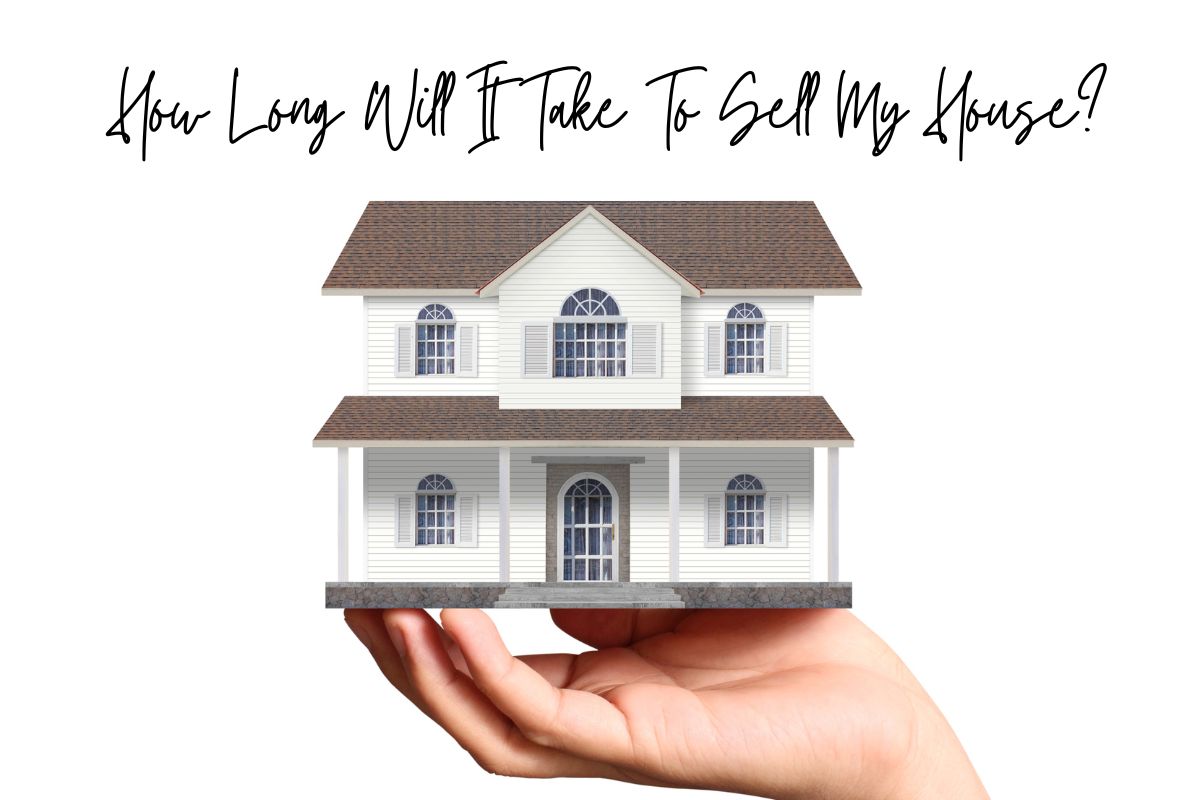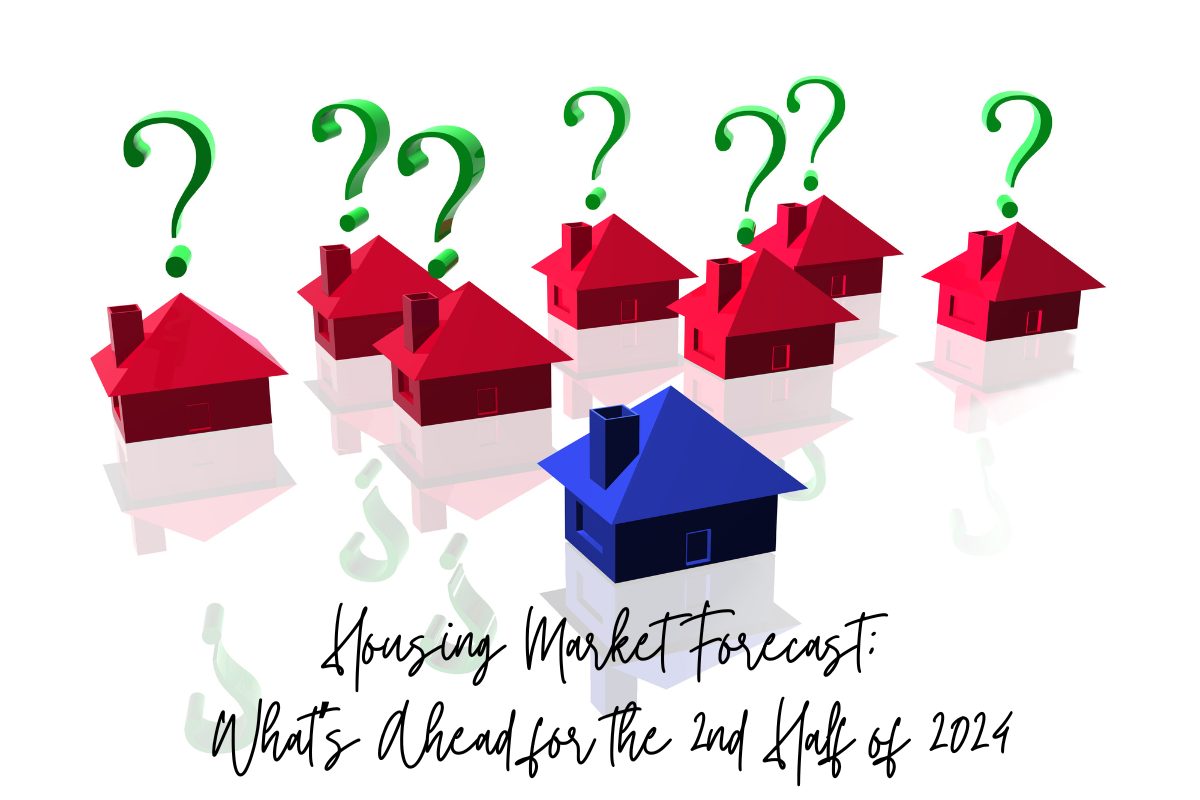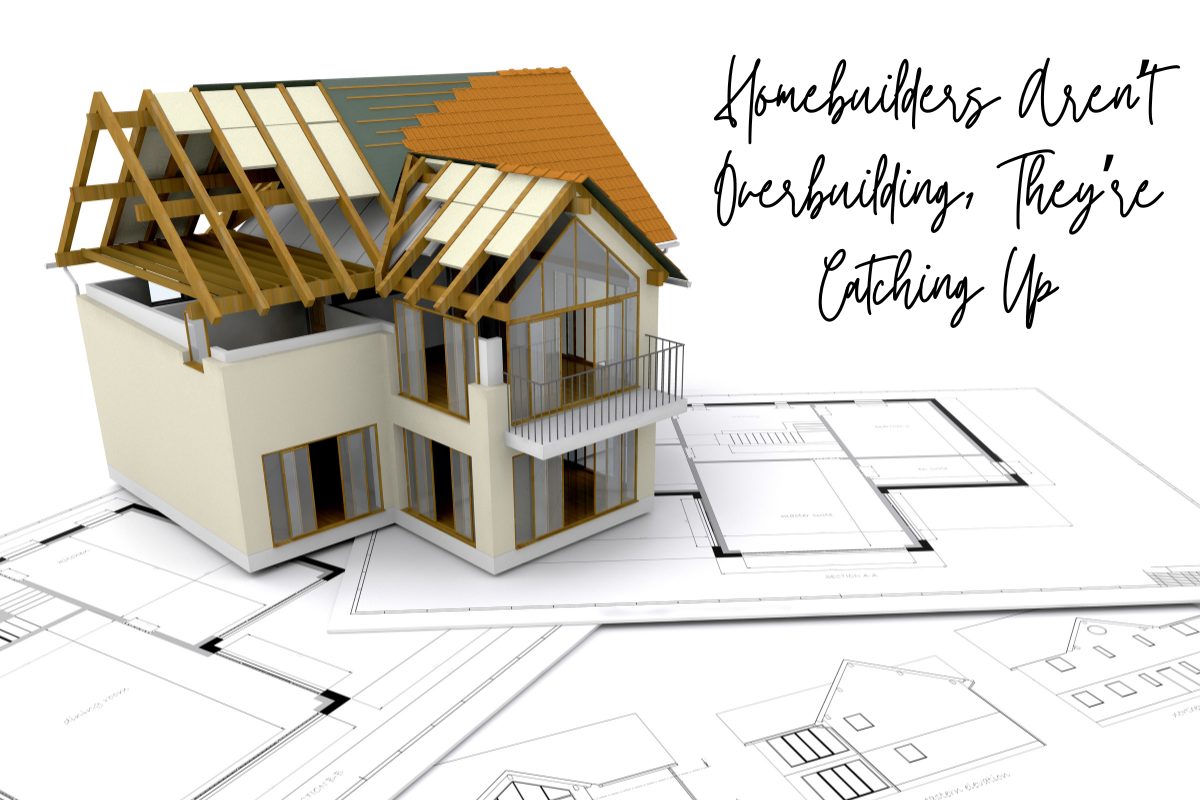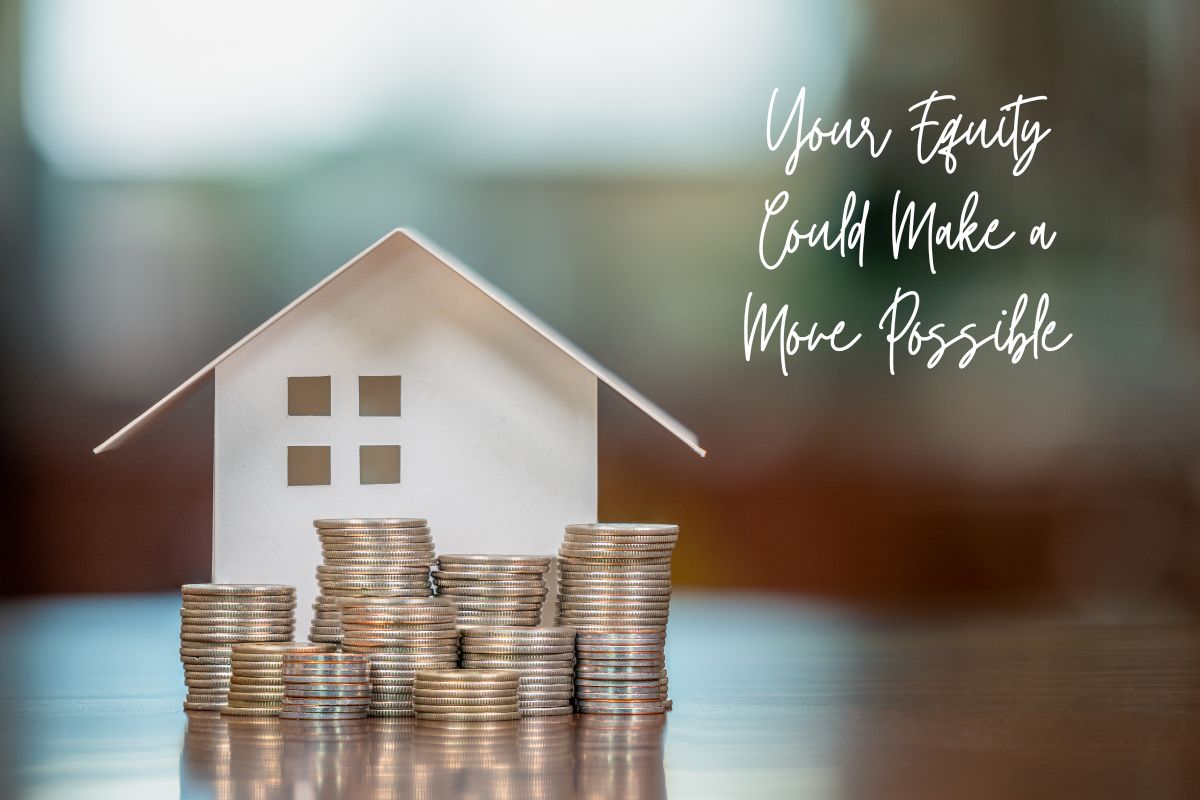Social Links Widget
Click here to edit the Social Media Links settings. This text will not be visible on the front end.
Real Estate Still Holds the Title of Best Long-Term Investment

🏡 Why is it so hard to find a house to buy? And while it may be tempting to wait it out until you have more options, that’s probably not the best strategy. Here’s why.
How Long Will It Take To Sell My House?

🏡 Why is it so hard to find a house to buy? And while it may be tempting to wait it out until you have more options, that’s probably not the best strategy. Here’s why.
Housing Market Forecast: What’s Ahead for the 2nd Half of 2024

🏡 Why is it so hard to find a house to buy? And while it may be tempting to wait it out until you have more options, that’s probably not the best strategy. Here’s why.
Homebuilders Aren’t Overbuilding, They’re Catching Up

🏡 Why is it so hard to find a house to buy? And while it may be tempting to wait it out until you have more options, that’s probably not the best strategy. Here’s why.
Your Equity Could Make a Move Possible

🏡 Why is it so hard to find a house to buy? And while it may be tempting to wait it out until you have more options, that’s probably not the best strategy. Here’s why.
How Do Climate Risks Affect Your Next Home?

🏡 Why is it so hard to find a house to buy? And while it may be tempting to wait it out until you have more options, that’s probably not the best strategy. Here’s why.
How Buying or Selling a Home Benefits Your Community

🏡 Why is it so hard to find a house to buy? And while it may be tempting to wait it out until you have more options, that’s probably not the best strategy. Here’s why.
Tips for Younger Homebuyers: How To Make Your Dream a Reality

🏡 Why is it so hard to find a house to buy? And while it may be tempting to wait it out until you have more options, that’s probably not the best strategy. Here’s why.
What’s Motivating Your Move?

🏡 Why is it so hard to find a house to buy? And while it may be tempting to wait it out until you have more options, that’s probably not the best strategy. Here’s why.
Now’s a Great Time To Sell Your House

🏡 Why is it so hard to find a house to buy? And while it may be tempting to wait it out until you have more options, that’s probably not the best strategy. Here’s why.

 Facebook
Facebook
 X
X
 Pinterest
Pinterest
 Copy Link
Copy Link

